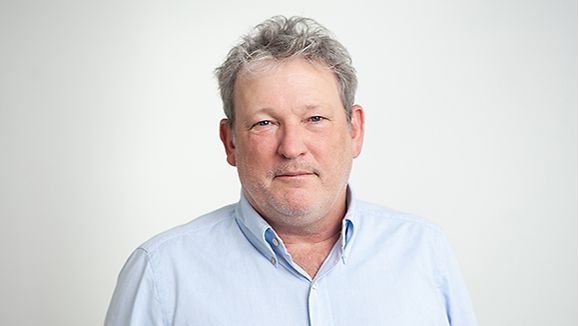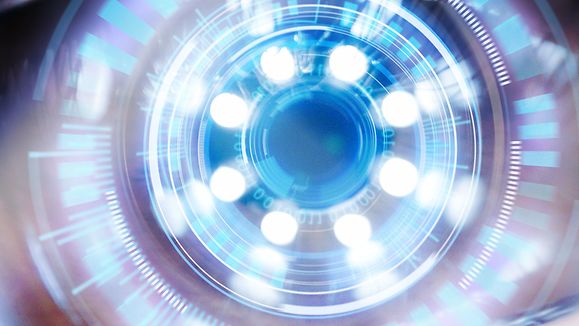Research and Development
Research and Development News | August 2023
Therapeutics and autonomous driving, recycling and space junk, are all part of our regular survey of some of the most interesting developments in German research and development.
Aug 07, 2023
Hepatitis Treatment
Scientists from the German Center for Infection Research (DZIF) in Heidelberg and Hamburg have successfully concluded a preclinical study on a monoclonal antibody, VIR-3434, to combat hepatitis B and D. The antibody was discovered by American company Vir Biotechnology. Some 300 million people worldwide suffer from hepatitis B. Clinical testing is underway.
Viruses Versus Bacteria
Researchers at the Max Planck Institute for Evolutionary Biology in Plön are exploring how to genetically engineer “phages” to combat bacteria resistance. Phages are viruses that can only infect bacteria. By understanding more about how bacteria evolve, it is hoped that time and money can be saved in the development of phage therapeutics.
AI Autonomous Driving
The Fraunhofer Institute for Reliability and Microintegration (IZM) – together with a trio of German companies and the University of Bielefeld – has developed improved integrated sensor systems to aid autonomous driving. The concept uses AI algorithms to allow cars to detect fine details at expanded ranges, allowing the number of autonomous driving radar stations on highways to be reduced.algorithms to allow cars to detect fine details at expanded ranges. That would allow for fewer autonomous driving radar stations on highways.
Recovering Raw Materials
A team from the technical university TU Bergakademie Freiburg has come up with an improved process for recovering the precious metals used in electrolyzers. Employing a hydrometallurgic method and a newly developed process for separating individual metal ions, the scientists achieved a recovery rate of 90 percent. Electrolyzers are central to Germany’s ongoing build-up of an economy for hydrogen as an energy carrier.
Avoiding Space Collisions
Scientists from the Technical University of Darmstadt and the European Space Agency have devised efficient algorithms allowing satellites and spacecraft to avoid collisions. The novel system can track up to one million objects, compared with the 30,000 currently followed. It mathematically derives objects’ positions one to two weeks in advance.

